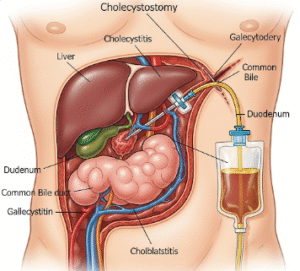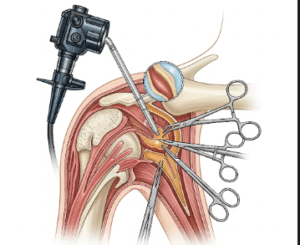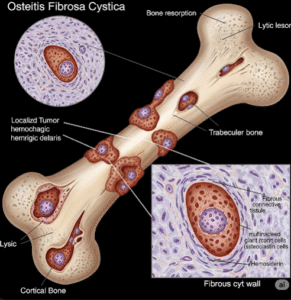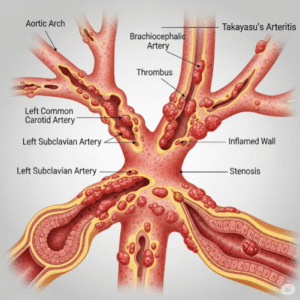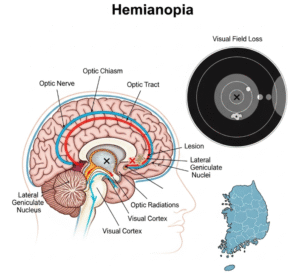Overview
Palinopsia is a visual phenomenon where a person continues to see an image even after the original object has been removed from view. This condition can be brief or persistent and may significantly interfere with daily activities, reading, and visual focus. Palinopsia is considered a neurological symptom, often linked to brain or visual system dysfunction, rather than an eye problem alone.
In Korea, patients experiencing palinopsia are assessed by neurologists, ophthalmologists, and neuro-ophthalmologists to determine the underlying cause and provide personalized treatment aimed at improving visual perception and quality of life.
Key Facts
➤ Palinopsia is the persistent recurrence of visual images after the object is gone.
➤ It is rare but often distressing, affecting perception, concentration, and reading.
➤ Can be short-lived or chronic, depending on the underlying cause.
➤ Often associated with migraine, seizures, brain lesions, or drug effects.
➤ Early evaluation in Korea allows for targeted therapy and management of contributing neurological conditions.
What is Palinopsia?
Palinopsia involves visual perseveration, where an image remains in a person’s visual field beyond its physical presence.
➔ Characteristics:
- Afterimages appear even when the object is no longer present.
- Images may be static, moving, or distorted.
- Can affect central or peripheral vision.
- Often triggered or worsened by bright lights or sudden visual stimuli.
Types of Palinopsia
- Immediate afterimages: brief images immediately following the stimulus.
- Delayed afterimages: images appearing minutes or longer after the original stimulus.
- Hallucinatory palinopsia: persistent, formed images often linked to brain lesions.
Symptoms Related to Palinopsia
➤ Seeing images or patterns after the original object disappears.
➤ Blurred or distorted vision due to lingering visual impressions.
➤ Difficulty reading or focusing, as overlapping images interfere with text.
➤ Light sensitivity or visual discomfort.
➤ Occasionally associated with headaches, nausea, or dizziness.
➤ Can co-occur with migraine visual phenomena or neurological deficits.
Causes / Possible Causes
Neurological Causes
➤ Migraines with aura – visual disturbances including palinopsia.
➤ Seizures or epilepsy, particularly affecting the occipital lobe.
➤ Brain lesions or tumors – especially in the visual cortex.
➤ Stroke or transient ischemic attacks (TIA) affecting visual pathways.
Ocular and Pharmacological Causes
➤ Eye conditions are rarely primary causes but may contribute.
➤ Medications or drug toxicity – including some antidepressants, anticonvulsants, or hallucinogens.
Other Causes
➤ Head trauma – injury affecting visual processing centers.
➤ Visual deprivation or stress – occasionally precipitating transient episodes.
Risk Factors
➤ History of migraines or neurological disorders.
➤ Seizure disorders or previous brain injuries.
➤ Use of certain medications that affect the central nervous system.
➤ Visual overstimulation or frequent exposure to bright lights.
➤ Advanced age in cases with cerebrovascular disease.
Complications
Untreated palinopsia may lead to:
➤ Difficulty performing daily visual tasks – reading, driving, or work activities.
➤ Visual fatigue and eye strain.
➤ Emotional distress or anxiety due to persistent visual disturbances.
➤ Missed diagnosis of serious underlying neurological conditions if not evaluated.
➤ Decreased quality of life due to impaired perception.
When Should I See My Doctor?
Consult a medical professional if:
➤ Palinopsia is persistent, worsening, or interfering with daily life.
➤ It is sudden in onset, especially with headaches, seizures, or neurological symptoms.
➤ There are other neurological deficits, such as weakness, numbness, or speech difficulties.
➤ You have a history of head injury, stroke, or brain surgery.
➤ Medication changes may be causing the visual disturbances.
Care and Treatment
Lifestyle and Home Measures
➤ Avoid bright or flashing lights that may trigger or worsen symptoms.
➤ Rest your eyes regularly and reduce prolonged screen exposure.
➤ Stress management – relaxation techniques and adequate sleep.
➤ Document episodes to help clinicians identify triggers.
Medical Treatments
➤ Medications – for migraines, seizures, or underlying neurological disorders.
➤ Adjustment of current medications if drug-induced palinopsia is suspected.
➤ Visual therapy – exercises and rehabilitation for visual processing improvement.
➤ Treatment of underlying brain lesions or vascular conditions.
Preventive Measures
➤ Early neurological evaluation for persistent visual disturbances.
➤ Regular migraine management to reduce episodes.
➤ Avoid known triggers such as certain medications or visual overstimulation.
➤ Routine eye exams to rule out ocular contributions.
Treatment Options in Korea
Korean medical centers offer specialized evaluation and treatment for palinopsia, including:
Diagnostic Services
➤ Neurological assessment – evaluating visual pathways and cortical function.
➤ MRI or CT scans – to identify lesions, tumors, or stroke-related changes.
➤ EEG (electroencephalography) – to detect seizure activity.
➤ Ophthalmological examination – to rule out eye-related causes.
Therapies and Supportive Care
➤ Migraine or seizure management – including preventive and acute therapies.
➤ Medication review and adjustment – addressing drug-induced visual symptoms.
➤ Visual rehabilitation programs – exercises to improve perception stability.
➤ Multidisciplinary care – neurologists, neuro-ophthalmologists, and optometrists working together.
➤ Patient counseling – education on triggers, symptom monitoring, and lifestyle modifications.
✅ In summary: Palinopsia is the persistent perception of visual images after the original object disappears, often caused by neurological disorders, migraines, or medication effects. In Korea, early diagnosis, targeted medical management, and supportive therapies help alleviate symptoms, improve visual stability, and enhance overall quality of life.



